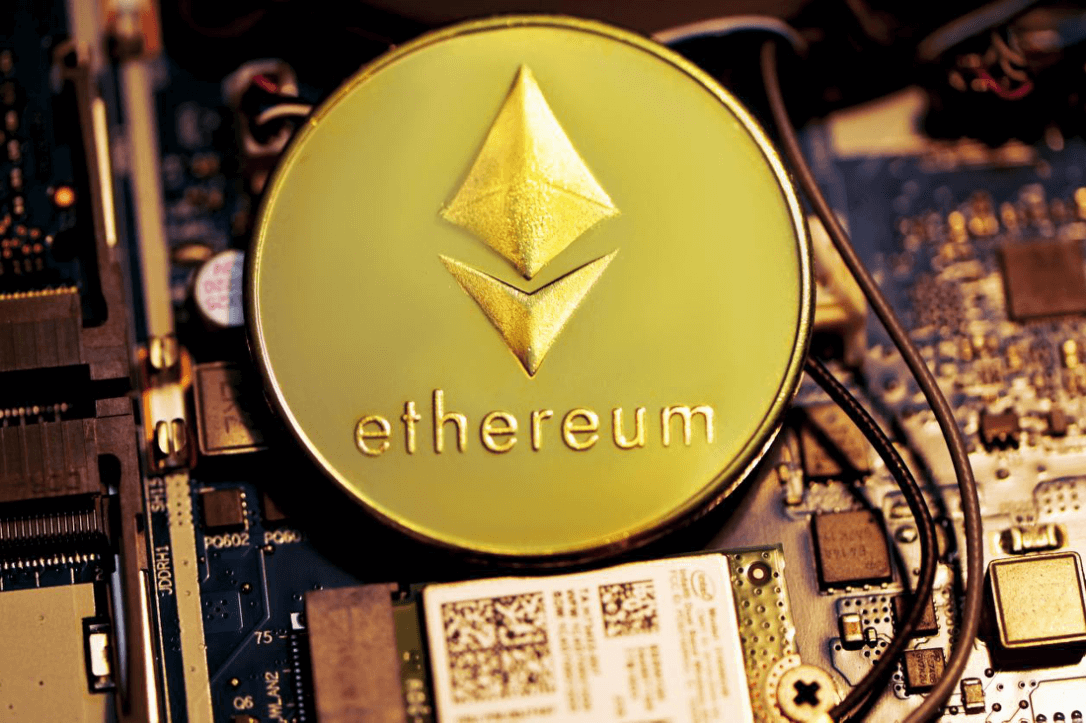Recently, there has been a lot of news about Ethereum 2.0. First, Buterin Vitalik, the founder of Ethereum, released news last month that Ethereum 2.0 might be merged as early as this August; then the Ethereum 2.0 client Lighthouse released version V2.3.0 to fix the previous block reorganizations in the beacon chain; later came the good news, as Bitfly officially tweeted, that the Ethereum Ropsten testnet had completed the merge.

The Ropsten testnet merge represents an important milestone for Ethereum to move towards PoS. It is the testnet widely used by most of today’s DApp developers (frankly speaking, it is the testnet that almost all Ethereum developers will use). Developers can also deploy unpublished smart contracts of the mainnet on it to test compatibility.
During the Ropsten merge, Danny Ryan, a researcher at the Ethereum Foundation, did a data analysis:
About 14% of validators had downtime at the transition. To be specific:
9% - nimbus-team config issue, fixed with CLI change and redeploy;
1.8% - known concurrency bug in the nethermind, required a reboot for some nodes;
2.5-3% - nimbus-besu web-sockets problem, swapped to use http.


But according to Danny Ryan, the Ropsten merge basically turned out to be a success, and he also suggested that he would jump for joy if the mainnet merge had such a performance. So what is the significance of the successful merge of the Ethereum Ropsten testnet?
For the majority of Ethereum miners
If the Ropsten merger goes well, the mainnet will go live in the next 2-4 months, that is, this August, as Buterin Vitalik predicted. That will mark the end of PoW-based mining on the Ethereum network. The PoS mechanism will greatly lower the threshold to “mining”, i.e. staking, for ordinary users. Advanced hardware would no longer be a must for new Ethereum miners, and they will stake ETH for verification and the Ethereum network protection, and get the corresponding ETH reward.
In addition, the Ethereum network after the merge will be more decentralized. That is the case because the existing PoW mechanism presents a threshold so high that miners, restricted by insufficient conditions, choose to put their mining rigs in a few mining farms for custody, which makes nodes less decentralized. In contrast, PoS allows miners to mine with ordinary PCs at home or even on mobile phones. As a result, Ethereum based on PoS after the merge will be more decentralized.
For the majority of developers on Ethereum
The common API interface for the pre- and post-merge architecture and reuse of existing components ensure a seamless transition. In other words, most of the existing DApps on Ethereum can be migrated seamlessly without much reform.
For the majority of Ethereum advocates
Since the EIP-1559 proposal was launched last year, the gas fee for each transaction on Ethereum has been divided into two parts: the base fee and the tip. The base fee will be automatically burned to reduce the circulating supply of Ethereum. As of June 16, 2022, a total of more than 2.45 million ETHs have been burned. With the current price of US$1,100, the total value of the Ethereum burned reached a staggering US$2.69 billion. Ethereum will truly enter the era of infinite deflation.
Although the successful merge of the Ethereum Ropsten testnet with its beacon chain fails to make any difference to the ETH price amid the current bear market and the recent impact of the stETH de-pegging, it is undeniable that the good news has made people realize that there seems to be only one step away from Ethereum’s shift to a PoS mechanism.
The controversial issues of energy consumption and environmental pollution involved in mining will lose grounds. At that time, the energy consumed by each transaction on Ethereum will be slashed by 99%, which may attract other cryptocurrencies to follow suit. It is foreseeable that some traditional institutions and even governments would embrace cryptocurrencies with wide open arms.